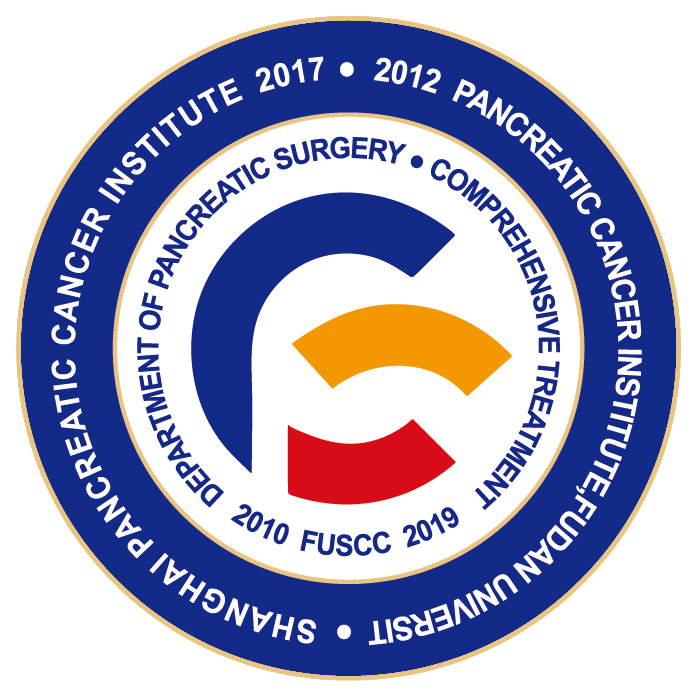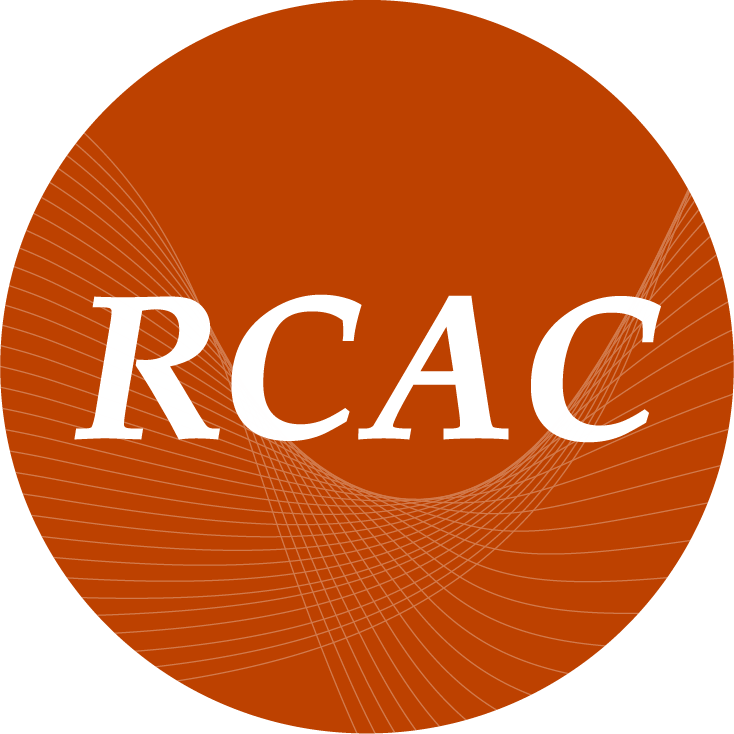BPG is committed to discovery and dissemination of knowledge
- About the Journal
- All Issues
- Allegations of Misconduct
- Appeals and Complaints
- Article Processing Charge
- Conflict-of-Interest Statement
- Contact Us
- Copyright License Agreement
- Current Issue
- E-Bound Journals
- Editorial Board Members
- E-Journals
- Ethics Committee of Baishideng
- Ethics Statements
- Guidelines For Authors
- High Impact Articles
- Informed Consent Statement
- Manuscript Decision
- Open-Access
- Peer-Review Process
- Permissions
- Post-Publication Debate
- Publication Ethics
- Publication Misconduct
- Steps for Submitting Manuscripts
- Submit a Manuscript
- Subscribe
PUBLISHING PARTNER
INDEXING/ABSTRACTING
MEMBERSHIP
- Artificial Intelligence in Cancer
- Artificial Intelligence in Gastroenterology
- Artificial Intelligence in Gastrointestinal Endoscopy
- Artificial Intelligence in Medical Imaging
- World Journal of Anesthesiology
- World Journal of Biological Chemistry
- World Journal of Cardiology
- World Journal of Clinical Cases
- World Journal of Clinical Infectious Diseases
- World Journal of Clinical Oncology
- World Journal of Clinical Pediatrics
- World Journal of Clinical Urology
- World Journal of Critical Care Medicine
- World Journal of Dermatology
- World Journal of Diabetes
- World Journal of Experimental Medicine
- World Journal of Gastroenterology
- World Journal of Gastrointestinal Endoscopy
- World Journal of Gastrointestinal Oncology
- World Journal of Gastrointestinal Pathophysiology
- World Journal of Gastrointestinal Pharmacology and Therapeutics
- World Journal of Gastrointestinal Surgery
- World Journal of Hematology
- World Journal of Hepatology
- World Journal of Hypertension
- World Journal of Immunology
- World Journal of Medical Genetics
- World Journal of Meta-Analysis
- World Journal of Methodology
- World Journal of Nephrology
- World Journal of Neurology
- World Journal of Obstetrics and Gynecology
- World Journal of Ophthalmology
- World Journal of Orthopedics
- World Journal of Otorhinolaryngology
- World Journal of Pharmacology
- World Journal of Psychiatry
- World Journal of Radiology
- World Journal of Respirology
- World Journal of Rheumatology
- World Journal of Stem Cells
- World Journal of Stomatology
- World Journal of Surgical Procedures
- World Journal of Translational Medicine
- World Journal of Transplantation
- World Journal of Virology
- 世界华人消化杂志
Cited by in F6Publishing
| Number | Citing Articles |














